There are various autonomous power plants on sale, allowing to solve the tasks of any level of complexity - they will ensure the power supply of various autonomous production, trade and warehouse facilities, country houses and buildings. The autonomous mini-power station will provide a homeowner stable power supply regardless of the centralized network. In order to determine the choice of generator installation, consider what features and the advantages of different types of their species.
Specifications of autonomous power plants
There are various types of electrical generator sets. When buying in the first place there is a task to achieve the stability of power supply with a balanced ratio of reliability, quality and prices of an autonomous power plant.
At the same time, the main technical characteristics should be taken into account:
- type of fuel used;
- generated power;
- the type of generating unit;
- number of phases of the generator;
- engine cooling type;
- start system;
- constructive design of the frame or body.
The generating blocks of the power plants of synchronous and asynchronous type are distinguished. In synchronous generators, voltage and frequency stabilization indicators are more accuracy, which allows you to connect electrical appliances sensitive from them (welding machines, electric copies, pumps, etc.). Asynchronous generators are characterized by a large scattering of stabilization of voltage, differ in simplicity of the design and lower costs do not need qualified maintenance.
Depending on the start system, there are autonomous power plants with manual launch, as well as starter and autorun. In the first and second case, the electric generator starts manually using a handle, cord or pressing the button. Automatic start, as well as shutdown occurs without human participation - they are carried out at the desired point in time, the automation of the power station using the starter and the battery.
Design of power plant
By type of construction, autonomous power plants are distinguished on an open frame and equipped with a special protective casing (body). The case is required to protect the power plant from atmospheric precipitation - in case of location on the street, as well as for sound insulation. For infrequently used gasoline electrical installations, the casing is often not needed. As for diesel power plants, they are usually equipped with protective housings or installed in a separate room with specially equipped ventilation and gas removal system.
To protect against overheating equipment of autonomous power plants, water and air cooling of the engine are used. As a cooling agent circulating pipes, either air or liquid (water, and also toosol) can be applied accordingly. For low power installations, the use of air cooling is permissible, while for powerful power plants, water is recommended - the liquid effectively removes excess heat, and also significantly reduces the noise level of the engine.
Power selection of autonomous power plant
Autonomous power plants for a country house are available in a wide power range. To determine the required installation power, it is necessary to calculate the total load of the consumption of electrical appliances that will be powered by the power plant. For a small country house, there will be enough power in 3-5 kW, while for a country house with a significant amount of electrical appliances, a power plant with a capacity of 10-30 kW may be required. For the energy supply of construction works, as a rule, 5-6 kW is enough. In general, you can buy an autonomous power plant with a capacity of up to 1000 and more kW to provide power to large autonomous objects.
Choosing an autonomous fuel power plant
The principle of operation of the power plant is as follows: The fuel is burned in the combustion chamber and starts the engine pistons, using the crankshaft is driven by the generator rotor. The one, in turn, gives an electric current that can be used for the needs of the consumer.
Depending on the type of fuel used, the following autonomous power plants distinguish:
- petrol;
- diesel;
- gas;
- sunny.
Autonomous gasoline power plants
Autonomous gasoline power plants are suitable as a backup power supply - for continuous operation within 10-12 hours. This type of generator sets is characterized by compactness, as well as low cost, ease of operation, a small level of noise. Gasoline power plants are often equipped with an automatic start system, as well as air cooling. The disadvantages of this type of power plants include significant fuel consumption - respectively, gasoline generators are unprofitable for a long time.
Autonomous diesel power plants
Autonomous diesel power plants are widely used as a permanent power supply of power supply. The higher value of their cost compared to gasoline electrical installations is compensated by a decrease in fuel and maintenance costs, as well as high mothers and reliability. The disadvantages of diesel installations include a high level of noise. Power station data can be used as a permanent power supply for a long time.
The model range of diesel power plants is significantly wider than gasoline. For low-power diesel generators, an air type cooling type is used, for the generator sets of medium and high power, the use of water cooling is preferable - to effectively protect the structural elements from overheating and ensuring reliable operation of the power plant.
Autonomous gas power plants
In gas autonomous power plants, gas (propane, natural gas, propane butane, gas mixtures) is used as a fuel, which is cheaper than gasoline and diesel fuel. When connected to the centralized gas highway, the savings increase significantly. Gas power plants are cogeneration equipment - that is, by installations that can simultaneously produce and electrical and thermal energy. The so-called triegerators are manufactured, which, along with the supply of electricity, generate a cold (they are used for the operation of air conditioners and refrigeration plants), as well as two-fuel autonomous power plants (can switch from gasoline on gas fuel). Gas power plants are reliable, distinguished by a high resource - up to 32,000 hours, in the process of combustion of fuel, minimize the minimum of harmful substances into the atmosphere - therefore they are environmentally friendly compared to diesel and gasoline installations. To disadvantages, they include the complexity of the installation, gas fuel delivery, as well as connecting to the gas highway - its cost can at times exceed the price of the autonomous power plant.
Autonomous solar power plants
In addition, autonomous solar power plants can be used to provide the house of electricity supply. The principle of operation is based on the transformation of solar radiation into electricity. The power supply system of this type includes photosensitive panels with special photocells, as well as accumulative batteries, charge controller and an alternating current inverter (converting current and transmitting it to the battery). Solar panels are distinguished by low efficiency, but from alternative energy sources, they are the most effective. To obtain electricity on the roof of the house, you will need to install a number of panels. At the same time, the amount of incoming energy will depend on how sunny weather. Autonomous solar power plants are made with reset to the network - they are installed on the roofs of buildings to reduce the cost of power supply. In this case, the principle of operation of the solar power plant is as follows:
- if the sun shines, the photosensitive panels are supplied with electricity;
- otherwise, power supply comes from centralized power grid.

Switching between these sources of electricity occurs automatically - using the network inverter. The benefits of solar power plants include their complete silentness, as well as modularity - with an increase in power consumption, you can add additional solar panels to the design. The life of this type of power plants is about 25 years, while there are no costs of fuel refueling - solar energy is free, it will take only a simple maintenance of photosensitive panels and the main elements one or twice a year.


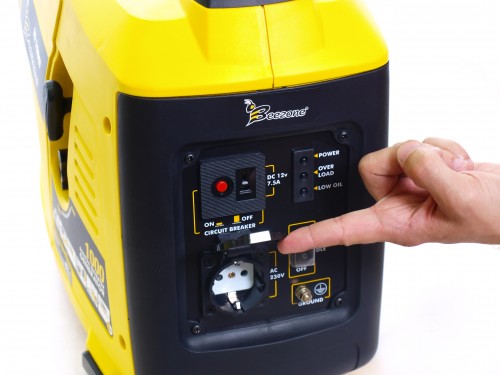
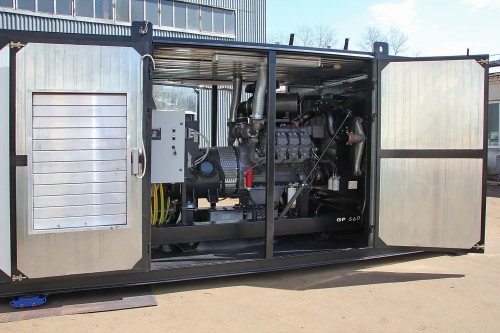
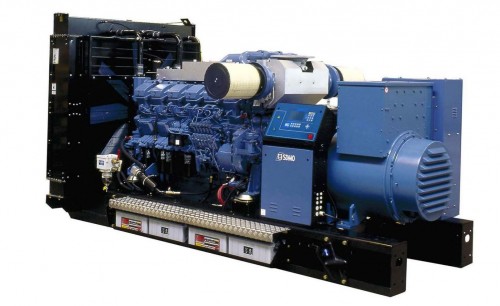
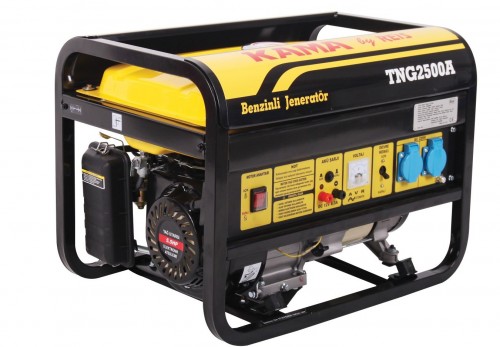
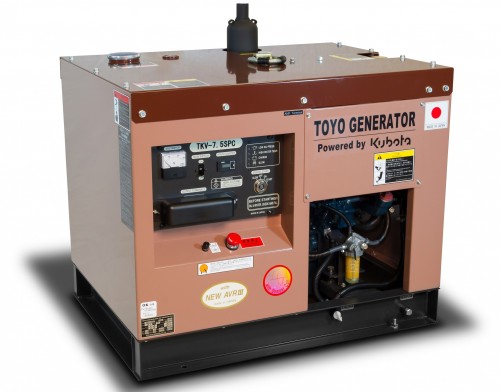
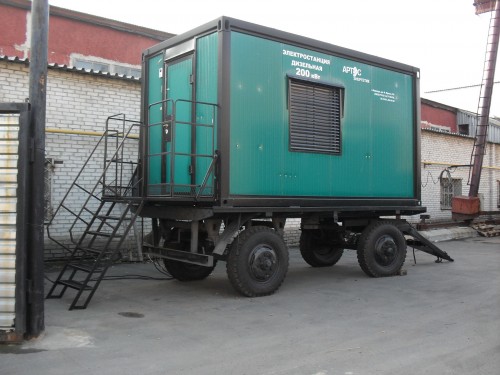
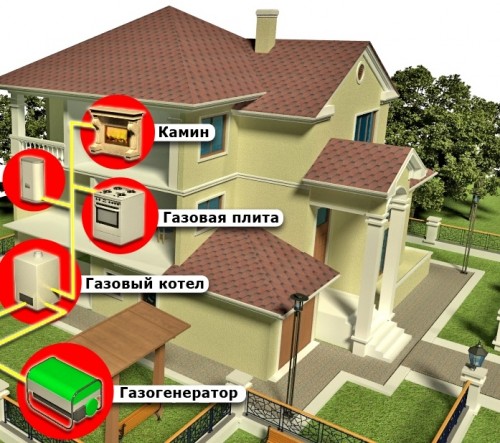
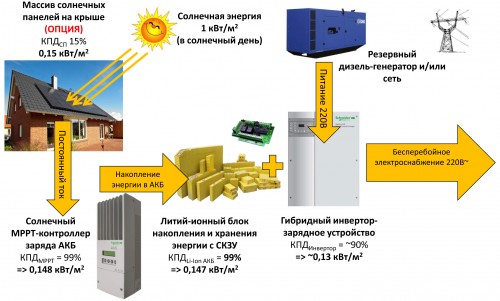












 Start a discussion ...
Start a discussion ...